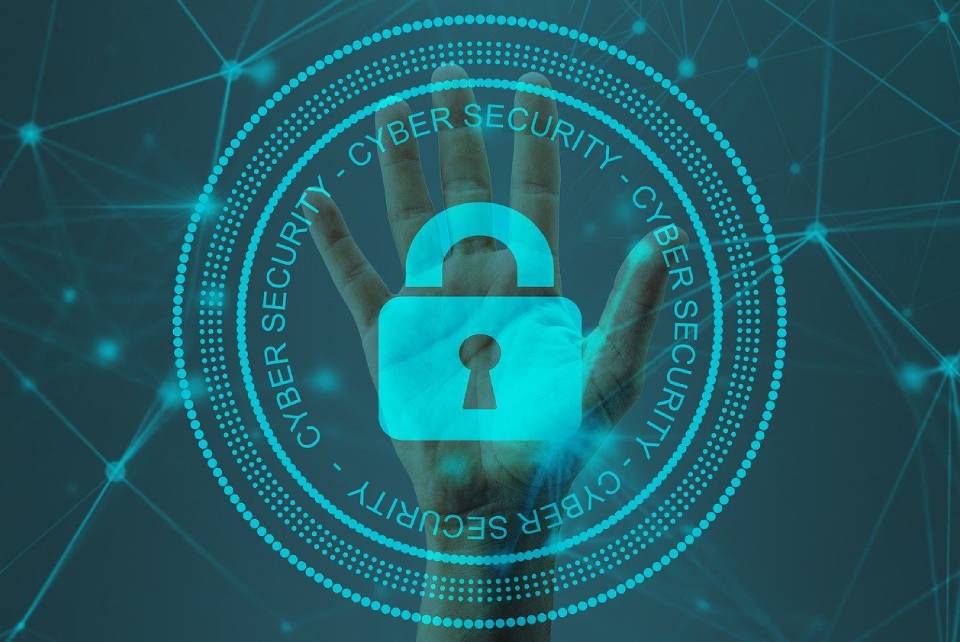Cybersecurity: Insider Threats In Times Of The Pandemic

Bad times and crises are good times for cybercriminals because they usually capitalize on the situation. The Covid-19 pandemic is no exception. Companies are all the more at risk because most of them have enough to navigate the company through the crisis, while cybersecurity teams are operating at their limit. Among the multitude of risks, insider threats remain a significant problem.
An insider threat is a risk posed by employees or contractors who steal potentially sensitive data, abuse access permissions, or engage in fraudulent activities. Much research has already been carried out on the motivation of internal perpetrators. Whatever the drive, whether someone acts maliciously, complacent or ignorant, the financial consequences are often severe, and it is not uncommon for a company’s reputation to be permanently damaged.
Of course, companies have tried before to get the risks under control by investing in tools, people, and processes. However, the situation has worsened due to the current remote working scenarios. Insiders are now outsiders beyond the network perimeter. This makes it much more difficult to precisely control their behavior and what is happening in the network because many companies have relaxed this to maintain productivity.
Define Priorities
With this in mind, security measures should focus on protecting the systems and data relevant to business operations. It is essential to isolate certain behaviors that are typical of insider threats. To do this, you need to understand the signs of such threats and best identify them.
For example, the Securonix Threat Research Team has observed a sharp increase in phishing emails and Business Email Compromise (BEC). These methods steal browser cookies, list system information, release wallets for cryptocurrencies and steal information.
Traditional technologies such as data loss prevention (DLP) tools, privileged access management (PAM), or other point solutions are no longer sufficient to recognize the behavior in the event of insider threats as such. Cloud systems open up a sufficiently complex threat structure. It would help with sophisticated security analyses that use specially developed algorithms to evaluate specific results correctly. In addition, it is essential to combine the indicators into a threat chain and look at them holistically.
Organizations Should Follow A Few Recommendations To Limit Threats:
- Use a technology that detects behavioral anomalies: The best way to see a typical insider threat such as the abuse of privileged access rights is to use curated multi-level detection. It links the infrequent occurrence of an event to anomalies that indicate suspicious or abnormal use. The method is particularly effective because it correlates different deviations from what is considered “normal” behavior for accounts, users, and systems.
- Review VPN policies to ensure adequate visibility: make sure split tunneling is disabled as it can compromise transparency. It is recommended that you only provide VPN server logs to predetermined users who access sensitive information. It is essential to maintain transparency for cloud applications / software-as-a-service (SaaS) protocols such as those used by remote workers / WFH users to ward off malicious mail and other external threats.
- Use SSO and Multi-Factor Authentication (MFA): To limit unauthorized access to business-critical information, use single sign-on (SSO) and 2FA / MFA protocols to identify users with access to review sensitive information. It is also recommended that you limit privileged user access to ensure that users can only access the information they need.
- Don’t underestimate the importance of training: Even in difficult times, one thing is sure: Cybercriminals will continue to seize the opportunity. Anyone who trains their employees adequately for the new situation in terms of safety technology lowers the error rate due to human error.
Networks have become more permeable due to the current situation—a situation for which companies could hardly prepare. Time will tell what impact this constant race to catch up will have. If you combine basic security measures with methods of behavior analysis, you get the necessary degree of transparency – the basis for comprehensive security in the company even after the crisis.
Also Read: Scrum Methodology To Deliver In An Agile Way






